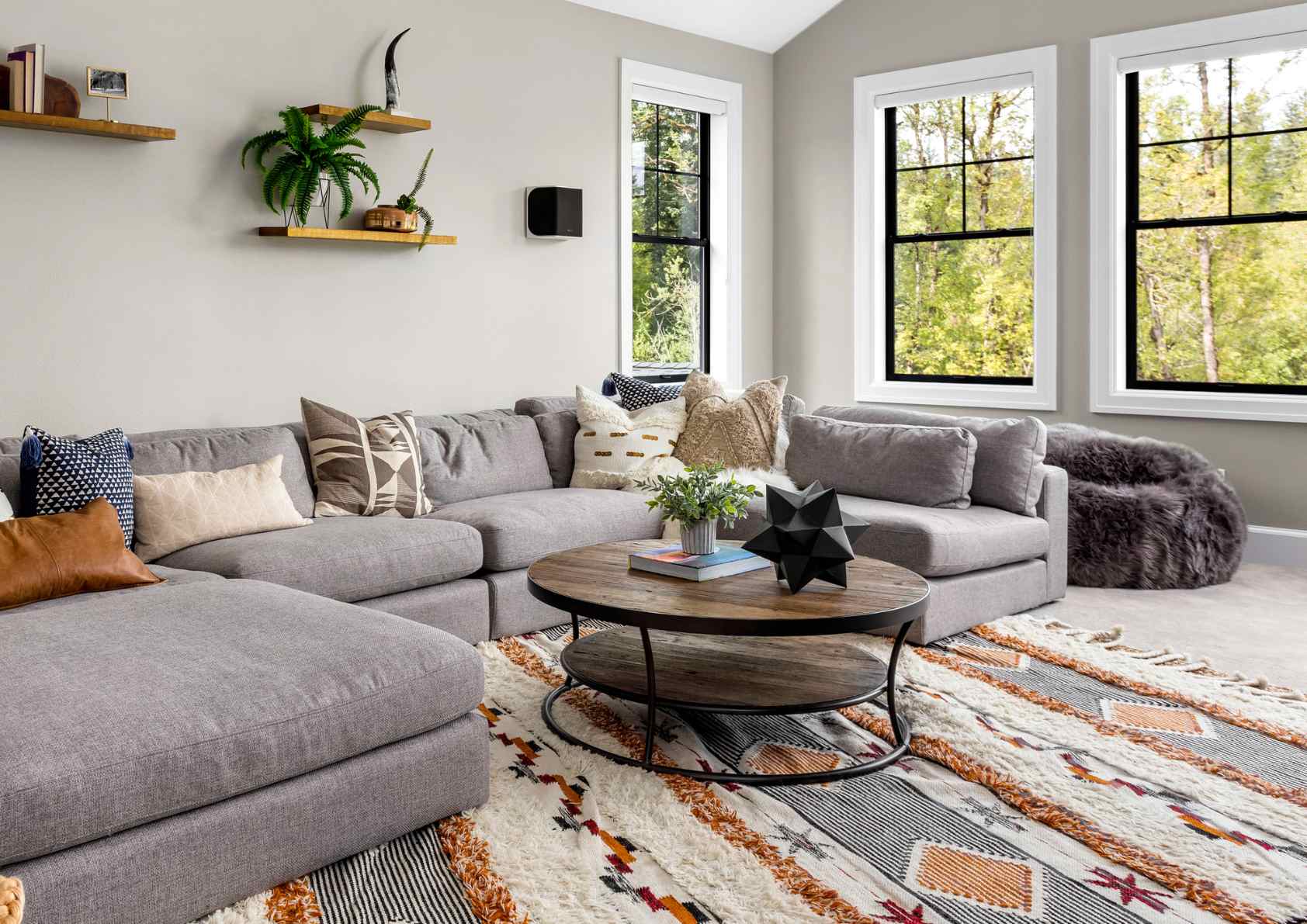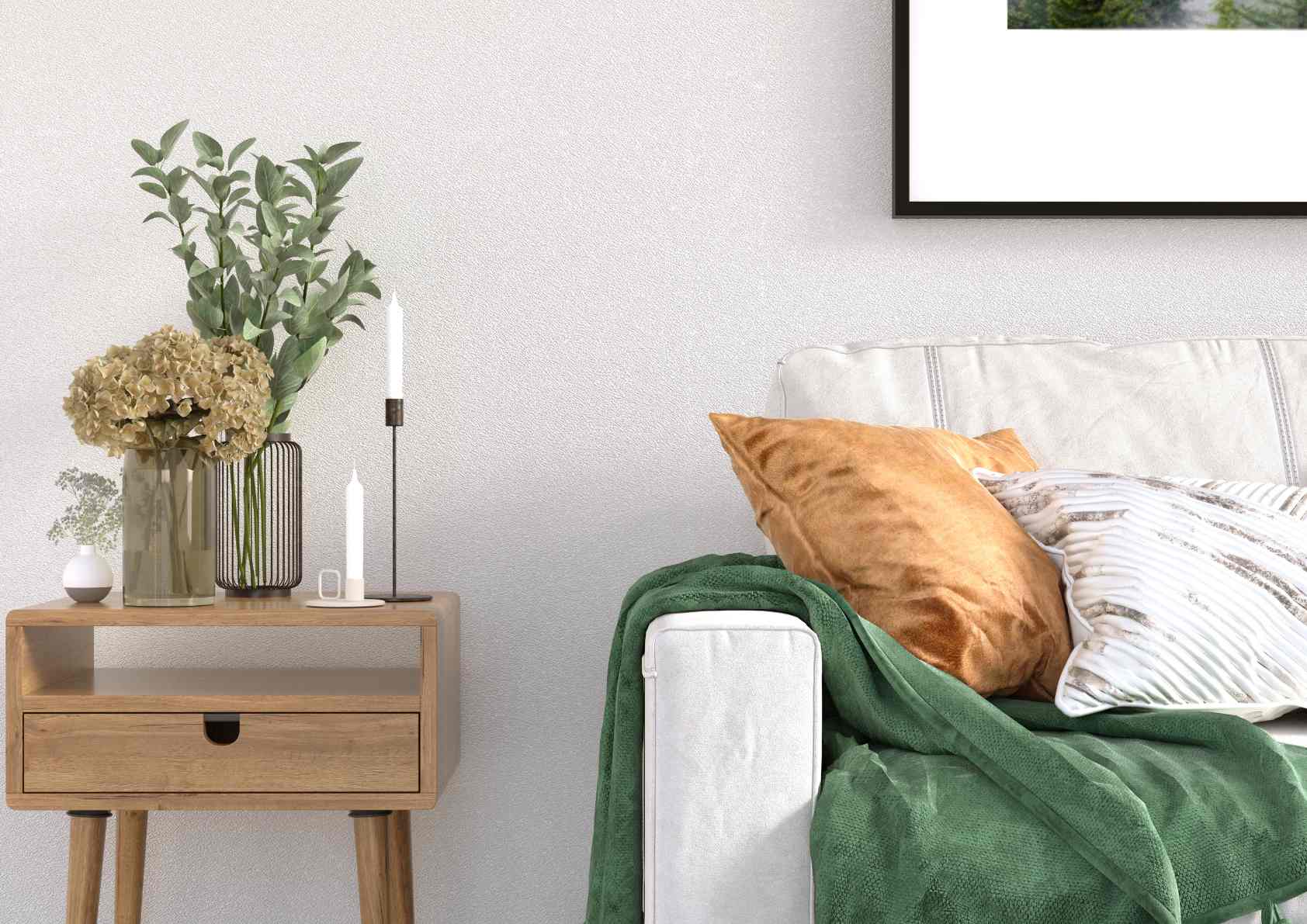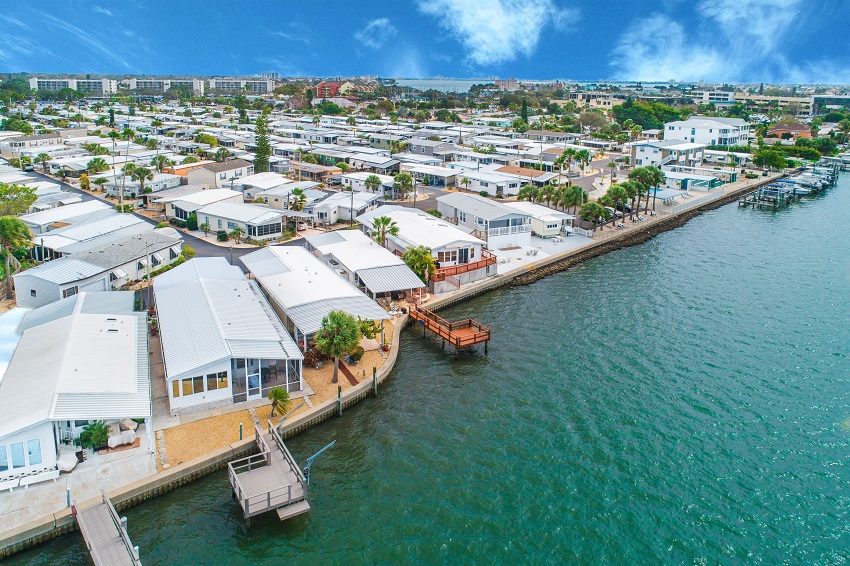In today’s visually saturated world, clean lines, neutral tones, and uncluttered spaces are more than just design preferences—they’re powerful selling tools. Minimalist design in real estate is gaining traction, and it’s not just about aesthetics. It’s about how simplicity can impact buyer perception, market value, and time on the market. This blog explores why “less” might actually sell for more and how embracing minimalist design can be a strategic move for sellers, agents, and investors alike.
What Is Minimalist Design in Real Estate?
Minimalist design in real estate refers to a strategic approach to staging and decorating homes using clean, simple elements that highlight space and functionality. Think neutral colors, sleek furnishings, and an intentional lack of clutter. By showcasing the bones of the home—open floor plans, natural light, architectural details—this design style allows buyers to envision their own life in the space.
Simplicity is powerful. In an era where homebuyers are overwhelmed by digital listings, minimalism cuts through the noise. It creates a calming environment that stands out against cluttered, overly personalized homes. This clean presentation also photographs well, which is essential for today’s online-first real estate browsing experience.
The Psychology Behind Minimalist Staging
Minimalism doesn’t just look good—it feels good. Neutral tones and open layouts appeal to our desire for peace and clarity, especially in a fast-paced world. Studies have shown that potential buyers feel more relaxed and focused in minimally staged homes, which can lead to stronger emotional connections—and ultimately, offers.
Minimalist design in real estate can help reduce distractions, allowing buyers to focus on key selling points like layout, natural light, and quality finishes. When buyers aren’t distracted by decor, they spend more time mentally placing their own furniture, imagining daily routines, and picturing themselves living there.
Does Less Really Sell for More?
While minimalist homes don’t come with a universal price bump, there’s growing evidence that they sell faster and closer to asking price. According to real estate staging reports, homes staged with neutral tones and minimal decor tend to sell quicker than non-staged or overly personalized homes. Faster sales reduce holding costs and can lead to stronger negotiation positions.
Minimalist design in real estate also broadens the buyer pool. Homes that appeal to a wider range of styles and tastes are more likely to receive competitive offers. A blank-slate approach makes it easier for buyers to mentally project their lifestyle into the space—making them more likely to commit.
How to Achieve the Look Without Going Cold
While minimalism can make a home more marketable, it shouldn’t feel cold or sterile. The goal is to strike a balance between simplicity and warmth. Here’s how:
-
Use soft, neutral color palettes like beige, soft gray, and white to create an inviting yet clean canvas.
-
Incorporate natural elements like wood, stone, or indoor plants to add texture and life.
-
Focus on quality over quantity—a few well-placed pieces of furniture or art go a long way.
-
Declutter and depersonalize by removing excess furniture, family photos, and bold art.
Even small updates—such as painting the walls a neutral shade or rearranging furniture for improved flow—can significantly align your property with the minimalist trend and increase its appeal.
Final Thoughts: Is Minimalism the New Luxury?
Minimalist design in real estate isn’t just a fad—it reflects broader cultural trends toward intentional living and mental clarity. While it may not be the perfect fit for every market or property, it’s proving to be a smart strategy in a competitive landscape. Whether you’re selling a modern condo or a suburban home, embracing simplicity may help you stand out—and sell faster.





